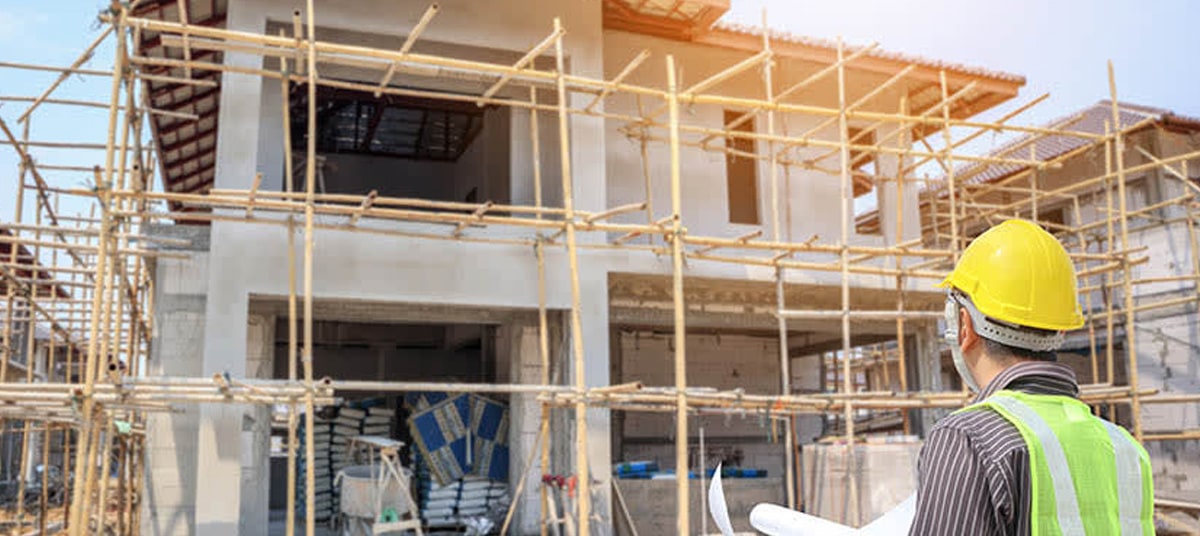
ABS data shows a spike in dwelling approvals for May, but questions remain whether this will be enough to keep pace with housing demand.
The total number of dwellings approved rose 5.5 per cent (seasonally adjusted) in May, according to the most recent Australian Bureau of Statistics (ABS) building approval data, released on Wednesday (3 July).
ABS figures have shown that 14,175 new dwellings were approved during May, a 1.9 per cent increase from the previous month, when 13,442 dwellings were approved.
The May result represents a 9.3 per cent increase on the January 2024 low, when 12,968 dwellings were approved. However, it falls short of the 15,500 dwellings approved in May last year.
Noting the figures, Daniel Rossi, ABS’ head of construction statistics, said: “The rise in approvals in May was driven by private sector dwellings excluding houses which rose 16.3 per cent.”
Across the country, Western Australia had the greatest rise in total dwelling approvals, reaching 19.6 per cent, followed by Victoria (8.9 per cent), Queensland (6.3 per cent), South Australia (4.1 per cent), Tasmania (3.8 per cent), and NSW (2.9 per cent).
While the total figure represented a month-on-month increase, it was 31.7 per cent lower than May last year, when 7,111 private sector dwellings excluding houses (such as terrace houses, town houses, and apartments), were approved.
Rossi also noted that private sector house approvals rose by 2.1 per cent.
Western Australia again posted the strongest results with an 8.4 per cent rise, followed by NSW (5.9 per cent) and Queensland (3.7 per cent). However, private sector housing fell in Victoria and South Australia, by 3.4 per cent and 1.9 per cent, respectively.
While welcoming the broader trend in dwelling approvals, economists warned the approval rate still falls short of what will be required to meet the national cabinet’s target of building 1.2 million new well-located houses over the next five years, starting 1 July 2024.
Housing Industry Association chief economist Tim Reardon acknowledged the gap between the 163,760 dwellings approved in the 12 months to May 2024 and the 240,000 new homes needed annually to meet the National Housing Accord’s target.
“The low approvals numbers indicate a slow start to building 1.2 million homes over the next five years,” Reardon said.
“Increasing the number of homes built will be necessary to address longstanding housing shortages. Addressing tax, planning, land and regulatory constraints will be necessary to increasing the supply of homes in Australia.”
AMP chief economist Shane Oliver said the total number of dwelling approvals is running below historical trends and the rate of population growth.
“The pace of approvals is now running at only 161,000 dwellings per annum, while the peak during the apartment building boom in 2016 was about 240,000 and underlying demand is even higher at about 250,000 per year on our estimates,” Oliver said.
“This week also marks the start of the new Housing Accord’s target of 1.2 million homes over five years, or 240,000 dwellings per year. However, it does not look likely that Australia is going to reach that target anytime soon, as home building conditions will likely weaken with higher financing rates, the labour shortage continues and building material costs remain high.
“The chronic housing supply issue will remain a problem and put ongoing upward pressure on home prices and rents.”
ANZ economist Madeline Dunk and senior economist Blair Chapman also said unit approvals spiked in May last year, suggesting more modest growth in unit approvals in the coming months.
Meanwhile, Commonwealth Bank senior economist Belinda Allen said approval rates could be further stymied by construction capacity constraints.
“Approvals generally rise when interest rates are cut,” Allen said.
“Although capacity constraints in the construction industry could limit the lift in supply coming through when easing starts.”
The federal government’s housing targets have long been criticised as being unachievable given current constraints (including slow approval times, backlogs in construction work, and rising costs), with the Property and Investment Professionals of Australia (PIPA) having said earlier this year that there was a “better chance of winning the lotto” than hitting the targets.
[Related: Federal government introduces BTR tax incentives]

